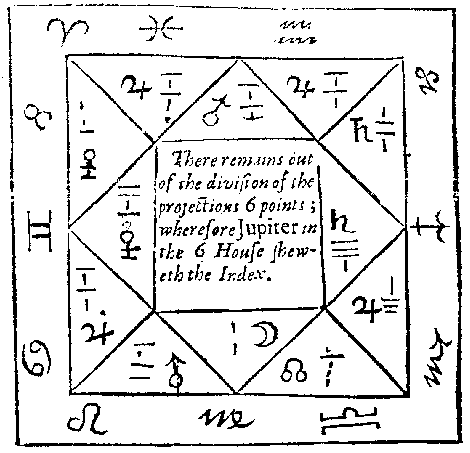When Sand Becomes a Map: Geomancy’s Curious Dance Between Science and Symbol
Scattering sand to glimpse the future might sound like a mystical pastime, but geomancy has long held a place in the intellectual history of both East and West. Unlike science, which relies on repeatable experiments and observable phenomena, geomancy interprets random marks—lines and dots drawn in sand or on paper—to answer life’s big questions. Across medieval England, geomancers would sketch patterns in the earth, while in 19th-century India, the practice found its way into architecture and design, blending spiritual insight with structural planning. Even Renaissance thinkers like Agrippa saw geomancy as part of a broader quest for knowledge, weaving it together with philosophy, medicine, and magic. While science and geomancy might seem worlds apart, both rely on pattern recognition and inference—reminding us that the urge to find meaning in chaos is a deeply human trait, whether guided by data or by the scattered sand. #Geomancy #CulturalHistory #ScienceVsPseudoscience #Culture
2025-06-07
write a comment...
